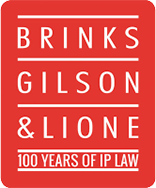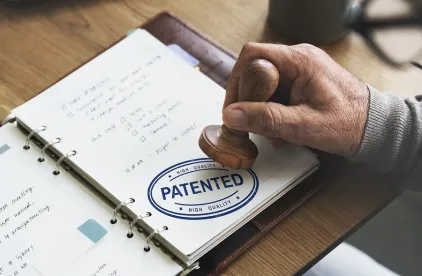On April 19, 2018, Robert Bahr, Deputy Commissioner for Patent Examination Policy of the U.S. Patent and Trademark Office, sent a memorandum to the Patent Examining Corps that clarifies how USPTO Examiners are to determine subject matter eligibility in view of Berkheimer v. HP Inc., a recent decision by the U.S. Court of Appeals for the Federal Circuit. In Berkheimer, the Federal Circuit held that “[w]hether something is well-understood, routine, and conventional to a skilled artisan at the time of the patent is a factual determination.” The Federal Circuit’s decision infers that the mere fact that an element is disclosed in prior art does not mean that it should be considered to be a well-understood, routine, conventional activity.
The USPTO memorandum clarifies that a conclusion by an Examiner than an element (or combination of elements) represents a well-understood, routine, convention activity must be based upon a factual determination. The USPTO memorandum further clarifies that the analysis to be used by an Examiner in determining whether or not an element (or combination of elements) is widely prevalent and in common use is the same analysis as conducted under 35 U.S.C. § 112(a) for determining whether an element is so well-known that it need not be described in detail in the specification of the patent.
When formulating a rejection for lack of subject matter, an Examiner must support the rejection in writing by demonstrating the well-understood, routine, conventional nature of the element(s) with one of the following:
- a citation to a statement expressly made by the Applicant in the specification or during prosecution;
- a citation to at least one court decision discussed in MPEP § 2106.05(d)(II);
- a citation to a printed publication; or
- a statement that the Examiner is taking official notice.
The USPTO memorandum indicates that an Examiner should only consider taking official notice when they are certain, based upon their personal knowledge, that the element(s) are so well-known and in common use that there is no need for the specification to describe them in detail in order to satisfy 35 U.S.C. § 112(a).
If an Applicant challenges the official notice taken by the Examiner by stating that the element(s) do not represent a well-understood, routine, conventional activity, the USPTO memorandum states that the Examiner must then provide support their position. The support provided by the Examiner must be in the form of one of the items described in a) to c) above or in an affidavit or declaration under 37 CFR 1.104(d)(2) that sets forth an explanation based on specific factual statements that demonstrate the well-known nature and common use of the element(s).
The guidance provided in the USPTO memorandum is expected to be incorporated into the Manual of Patent Examining Procedure (MPEP) in a future update to the manual. The USPTO memorandum revises the procedures used by Examiners in formulating a rejection for lack of subject matter as set forth in MPEP § 2106.07(a) and in evaluating an Applicant’s response as set forth in MPEP § 2106.07(b). A copy of the USPTO memorandum can be found at the USPTO website or by clicking on this hyperlink.





 />i
/>i

